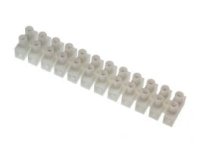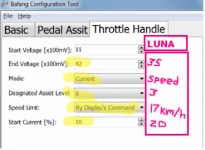Rassy said:Here are some mini taps for small wires. May be too large for the wires we are working with:
https://www.crutchfield.com/S-vkLakULdBwn/p_669PP644/Posi-Products-Wire-Connectors.html
Those look too big, but the screw tightening idea is cool.
I've used barrier terminal blocks before. They make some fairly small ones. But space is really tight around the controller.
When I install mine, I will solder the wires.




